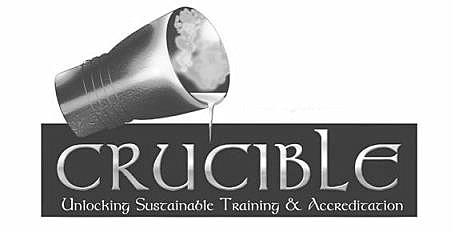Good afternoon tribe members, I hope you are all well out there. It seems like it is that time of the year again for training and skills development professionals planning the new workplace skills plan or annual training plan, plus put the annual training report together for the SETA that you are registered with for feedback and grant claim purposes. For larger corporate organisations it can be quite daunting and let me give you a little hint here. Put the Workplace Skills Plan (WSP) together, use it as an opportunity to get your peer's in other departments inputs, leverage the process to get staff onboard.
Times might be tough, but by bringing the grants back in you demonstrate your value directly into the organisation and its leadership. This is a key area for all of us to focus on in the direct future. Providing quantifiable metrics and return on training investment is a key component that training professionals need to incorporate in their day-to-day operations. How can I bring more value into the organisation and how can the training department support the attainment of key organisational objectives? Ask yourself that. That question is really key to you moving from a process-reactive trainer mode to a proactive-objective trainer mode. A far better place to be in and to be leading from. Training or as the american society for training and development calls it workplace learning and performance (WLP) has come into its own. Have a look at this short YouTube clip below regarding the global view of training and development.
Now after that little bit of motivation and hopefully inspiration you will recognise how critical it is to be deeply involved in the key core business processes and not just conduct the usual training needs analysis at very micro or individual level. Just remember training 101, you have to include key organisational strategic needs and drivers in your needs analysis. Unfortunately the SETA's do not account for this in their workplace skills plan templates which most of use for our annual training planning activities. It is very process and evidence oriented and tends to target very oeprational needs. Now do not get me wrong, that is a key aspect of our roles, but not the only role that we must fulfil.
The use of social media is exploding across the world and with the advent of the new Seacom cable landing on our shores at Mtunzini this year we should see some significant decreases in broad-band and internet costs.
Already internet service providers like MWeb and Neotel and others are offering substantial discounted bundles and packages for individuals and organisations. So why am I telling you this? Consider using social media in your organisation to assist you with needs analysis and staff engagement and training programme identification. I bet your marketers or customer services staff are either considering it or are already using social media in their marketing and service mix. You might be using some social media applications yourself like Facebook or Skype, maybe LinkedIn.
Consider how you could deploy these in your organisational and create a social-media enabled integrated training strategy.
On that note please complete this short poll on social media. I would like to get an idea about how many organisations are using social media in their integrated social-media training strategy. Chat to you all soon.
Monday, March 16, 2009
Subscribe to:
Post Comments (Atom)





No comments:
Post a Comment